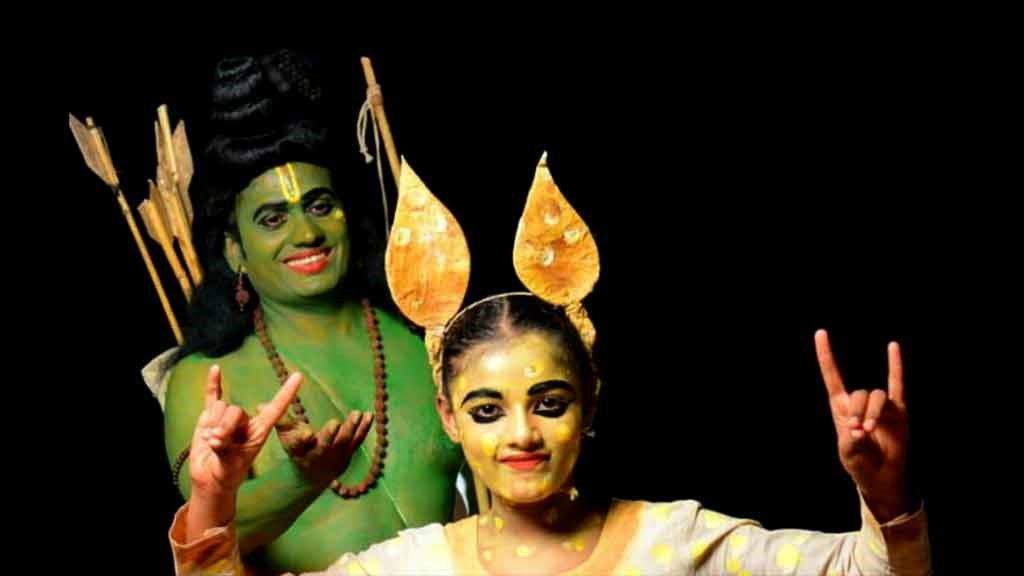Free Courses Sale ends Soon, Get It Now


Free Courses Sale ends Soon, Get It Now



Disclaimer: Copyright infringement not intended.
Context
Details
Origin and History
Narrative Basis
Festival Tradition
Instruments and Attire
Captivating Elements
Revival Efforts
Conclusion
Beyond being a visual delight, Seethakali serves as a means to rediscover Kerala's artistic roots. It showcases the cultural opulence of "God's Own Country" to the world, revealing its richness and diversity. In essence, Seethakali is more than a performance; it's a testament to the intricate connections between history, culture, and community.
In recent times, efforts have been made to document, preserve, and promote the Seethakali tradition as part of India's rich cultural heritage. However, like many traditional art forms, Seethakali faces challenges such as changing cultural dynamics, dwindling patronage, and the need to adapt to modern sensibilities while maintaining its authenticity. Its revival is a tribute to the efforts aimed at preserving the unique heritage of Kerala and sharing its enchantment with the global stage.
|
PRACTICE QUESTION Q. Explore the multi-faceted cultural significance of Seethakali, a traditional folk art form that originated in Kerala. Delve into its role in preserving and transmitting cultural narratives, while also analyzing the artistic elements that make it a unique and vibrant performance. (250 Words) |
© 2024 iasgyan. All right reserved